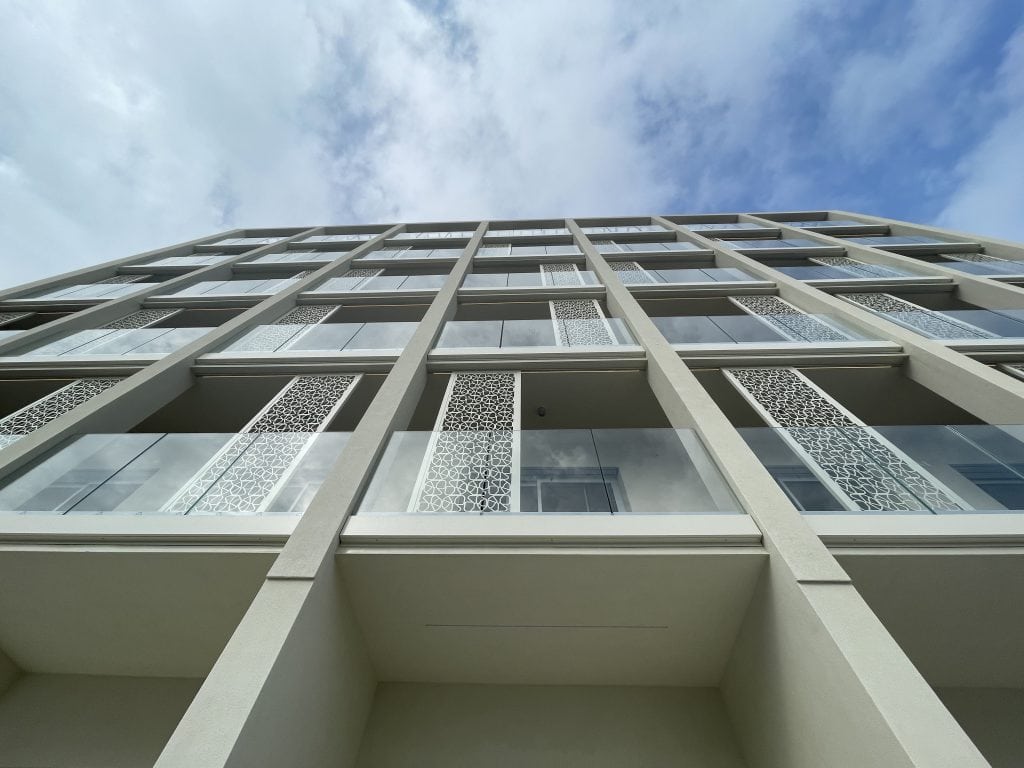
The idea of carrying out a real estate securitization operation was born in the middle of the lockdown from a series of concomitant factors, first and foremost of course the extra time that could be dedicated to innovation. Regarding the other factors, for the sake of brevity, we will mention only the one that we believe is the most important, the possibility of combining real estate activity with a lean instrument such as an SPV and the possibility of financing it through the issue of asset-backed bonds, already known to our trusted investors.
Those who deal with mortgage loans like us come into contact with real estate opportunities of all kinds; following the introduction of article 7.2 of the law on securitization (Growth Law Decree of 30.4.2019) we have at our disposal an additional important tool for structuring real estate transactions.We often talk about this instrument by comparing it to NPE operations; in reality the similarities concern more the financial structure itself than the operations in the strict sense, obviously very different. The only real point of contact concerns the repossessment activity according to which in some cases it could be more convenient to reformulate the traditional SPV/7.1 structure with a 7.2 one, especially in cases where using a Reoco 7.1 does not bring tax advantages or even It is not allowed.
Some time ago, the first property we acquired through a 7.2 was placed as a guarantee for a loan that we were unable to acquire for various reasons. We had known for some time that the auction buyer had put it up for sale and this seemed like the right opportunity to open the deal. Reference is made to the former Royal Hotel in Spotorno (www.royalspotorno.it) in which a portion of the spaces have been converted into residential units, another portion into RTA and the remaining portion into a thalassotherapy facility. At the time of purchase, the property was in conditions of complete abandonment and degradation, with all the associated structural and social problems.
GMA in its role as Asset Manager selected all the professionals and suppliers involved in the operation and initially coordinated the design, the change of intended use and the agreement with the municipality which allowed us to obtain 26 units for residential use. Part of the charges have been converted into public works such as, for example, the reconstruction of the promenade concerning a good stretch of the city seafront; in this sense, the operation also had an urban redevelopment value for the Municipality and undoubtedly contributed to enhancing the territory by constituting a new attractive pole for tourists. The renovation phase is substantially over, the thalassotherapy remains to be completed and we will soon be able to deliver the apartments. About 75% of them have been booked for sale before completion of the works.
With regard to the most significant portion, the subscribers of the notes of this securitization transaction (which includes another property, also currently undergoing renovation) are institutional investors, while the remaining portion was subscribed by professional clients upon request, such as family office and HNWI. One of the peculiarities of instrument 7.2 is the possibility of issuing various tranches of securities in a simpler way than with a credit securitization (without, for example, having to satisfy the so-called retention rule or risk retention); this makes it possible to involve subjects with a propensity for risk and even very different financial objectives in the operations.
For the restructuring of the assets, a portion of the total draw was dedicated and the possibility of re-utilizing part of the proceeds to amortize the financial charges of the operation was envisaged. All the peculiarities and advantages of Law 130/99 obviously extend to the real estate securitization. We mention the most important: asset segregation in favor of bondholders and IRES/IRAP exemption for proceeds deriving from securitized assets. Still about three years after the introduction of this novelty, most of the real estate securitizations currently on the market arise from the initiatives of subjects particularly vulnerable to the world of ABS/bonds rather than from the initiative of property owners. In my opinion, the real turning point will take place when the tool spreads through the initiatives of pure real estate developers; at that point there will be various beneficial effects, including a greater quantity of alternative finance available to this market and greater regulation of transactions to protect all parties involved.
Emanuele Grassi





